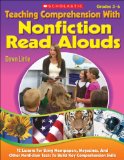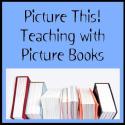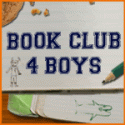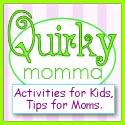 Children learn from their environment. Children learn from doing. But children also learn from seeing. Recognizing the signs, symbols, and words that children see every day is a precursor to beginning reading. Environmental print is an important component of children’s early literacy learning.
Children learn from their environment. Children learn from doing. But children also learn from seeing. Recognizing the signs, symbols, and words that children see every day is a precursor to beginning reading. Environmental print is an important component of children’s early literacy learning.
What is environmental print? The everyday words, logos, symbols, and signs we see. McDonalds, Target, Walmart, Starbucks, Stop (as in a Stop sign) and Cheerios are all examples of environmental print. It’s important that children use the world around them to help make connections. Think about how inundated our own adult brains are with these logos! It won’t take long for children to recognize them and understand what they mean.
So what are some ways you can help increase your child’s knowledge of environmental print? Play games of course!
For most of these games, you will need to find signs and symbols of various environmental print on the Internet. A simple Google search should provide you with pictures, symbols, and logos of environmental print and you can personalize to your area (specific gas stations, restaurants, etc.). Print out two to three copies of each sign or symbol. Depending on the age of your child, begin with five to ten different symbols. Choose print that your child will or should recognize (places you frequent often, food you eat regularly). Glue the pictures to separate pieces of cardstock. Use the cards to play the games below:
- Print Sort – Have your child sort the different types of print (i.e. restaurants signs, store signs, road signs, food labels, etc.) Or, have them sort by beginning letters or colors.
- Print Memory Match – Lay the cards (make sure you have two of each one) face down, ask your child to flip them over one at a time and match the pairs.
- Print Puzzles – Choose a few of the cards to cut apart (if you make three copies of each card, you should have an extra set). Cut them into different shapes to create a puzzle. Have your child put the pieces back together and tell you what label he created.
- “I Spy” Print Hunt – As you travel inside your house or around your town ask your child to point out specific environmental print. For example, you may notice a Barnes and Noble sign as you are driving through town. Say, “I spy a Barnes and Noble sign” and ask your child to locate it. Try to point out signs or symbols that your child may not automatically know. This will help him to learn new environmental print.
Do you already help your child to learn environmental print? What ways do you work with your child to learn various environmental print words?
©2010 by Dawn Little for Literacy Toolbox. All Rights Reserved. All Amazon links are affiliate links and may result in my receiving a small commission. This is at no additional cost to you.







